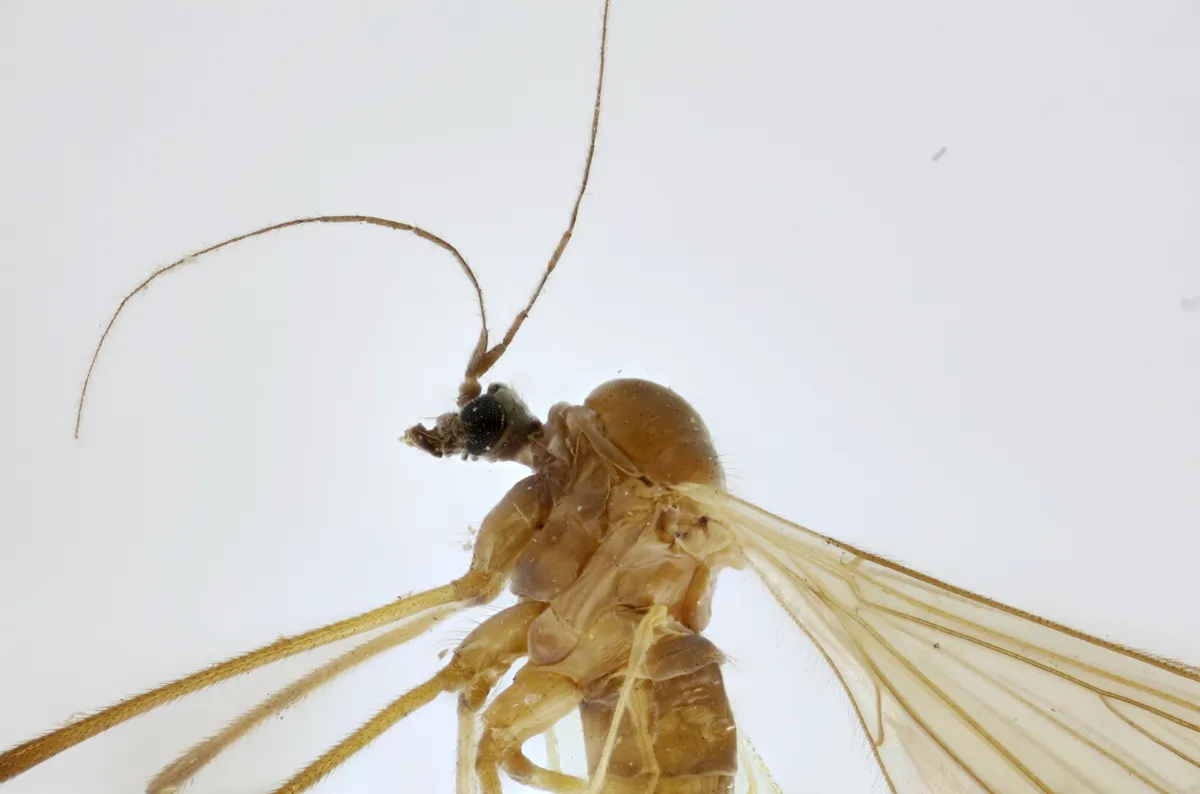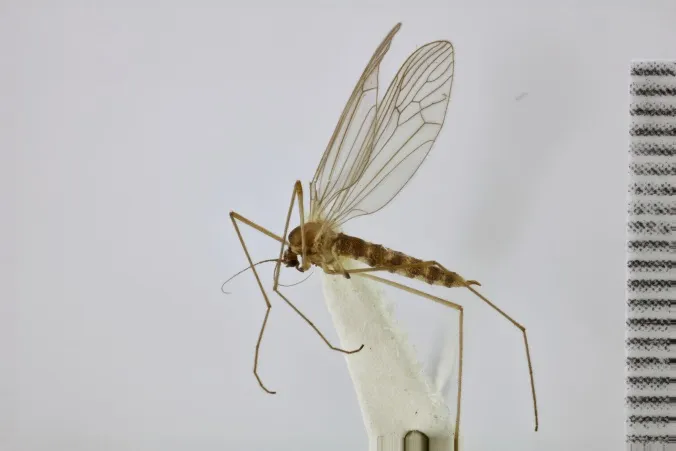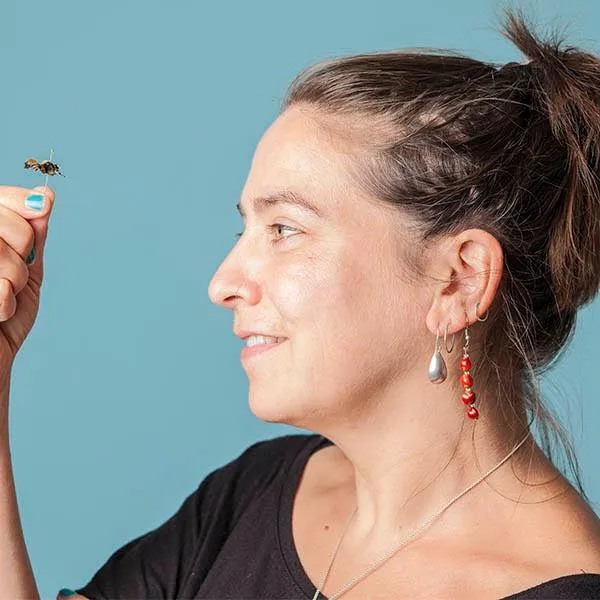There is one family of flies found in the UK that don’t hide away in the winter shadows. Glistening in the crisp, low sunshine on a clear winters day you will see winter gnats dancing around like nocturnal will’o-the-wisps.
What are winter gnats?
Winter gnats or winter craneflies are the long legged, swarm forming, flies of the cold.
This is a small family, formally called Trichoceridae, with only 10 species occurring in the UK from just two genera. However British craneflies are now included in this family and there is thought that maybe there is up to 14 species. Even in the UK there are species still to be described or reassessed and new discoveries to be had. There are only 160 species that have been described globally, a not unexpected number given how tough it is to live in the adverse conditions of winter.
The different UK species of winter gnats (Trichoceridae)
- Cladoneura hirtipennis
- Trichocera (saltrichocera) annulata
- Trichocera (saltrichocera) maculipennis
- Trichocera (saltrichocera) parva
- Trichocera (saltrichocera) regelationis
- Trichocera (saltrichocera) rufescens
- Trichocera (saltrichocera) rufulenta
- Trichocera (saltrichocera) saltator
- Trichocera (saltrichocera) hiemalis
- Trichocera (saltrichocera) major
They very much resemble delicate craneflies, but these species have the advantage of having ocelli. These are the very small simple ‘eyes’ (ocelli means simple eyes) on the apex of the head that very sensitive to light, presumably being very helpful in the dark days of winter.
Another distinctive feature are the groups of bristles that occur across the head (you can see the yellow tufts in the picture below). The females are generally larger than the males, a rather common phenomenon as she has to have enough reserves to produce eggs, but the average body length is fairly small, reaching lengths of just 5 to 8mm.

What's the most common UK species of winter gnats?
The commonest of UK species is thought to be T. annulata, which is distributed throughout the British Isles (although the records added to the National Biological Records are sparse in Scotland and Ireland, and non-existent in Northern Ireland).
However, Julian Small from Natural England suspect the commonest species may actually be T. regulations. "but being less striking in terms of markings than annulata, there are fewer records."
We notice this species because of their swarming behaviour, dancing together, often late in the afternoon when the sun is setting, in habitats generally rich in decaying matter - I always get clusters over my compost – but some species are also associated with caves. Trichocera maculipennis is one such species that is found in caves, and feasts on bat poop when decomposing material is not available.
Trichocera annulata, as with all of the species, swarms consist mostly of males; easily recognisable by a pair of forceps at the end of the abdomen – all the better for grabbing onto the female – whereas she has a tapered abdomen with a rather splendid curved ovipositor (her egg laying tube). The adults can be short lived – some adults have been noted to live only five days – that’s a lot of pressure on them to find a mate and produce offspring!


And the females of this species can endure quite hardy conditions, females have been observed crunching across the surface of snow, and the larvae and pupae can happily survive snuggled under the surface of this snow blanket. There are four larval stages called instars, and this is the feeding stage for this (and most) species, feeding on decaying organic material.
This species has even been recorded from human corpses. The larval have two pairs of breathing spiracles, the first on the segment behind their head and the final being their anal spiracles. You will be amused to see that these often resemble little faces. This feeding stage can be anything from a few weeks to many months, and if the conditions are particularly harsh the can hibernate or become dormant during the last larval stage.
T. maculipennis, and the others within the family, are not confined to winter. As Pete points out there is the ‘summer’ winter gnat Cladoneura that has not read any of the text books and is leading a one fly revolution against the winter.
During the other months they are lost within the richness of the spring and summer species of flies, and instead slink away to hide away in the shadows of the trees, till once more the nights draw in. The winter is one of the best times to enjoy this species and observe them flirting for the honour of creating the next generation.
Dr Erica McAlister is the senior curator of Diptera at the Natural History Museum of London, a committee member of The Dipterists Forum and president of the Amateur Entomologists' Society.

The Dipterists Forum, a UK organisation dedicated to all things fly, is actively involved in collecting, recording and researching our UK species - most of which are not restricted to just the UK. The distribution records help us understand population distributions and change associated with climate and land use. It is essential for us to get out there and help. And this family, along with the craneflies and other closely related species has its own recording group – the Cranefly recording Scheme.

